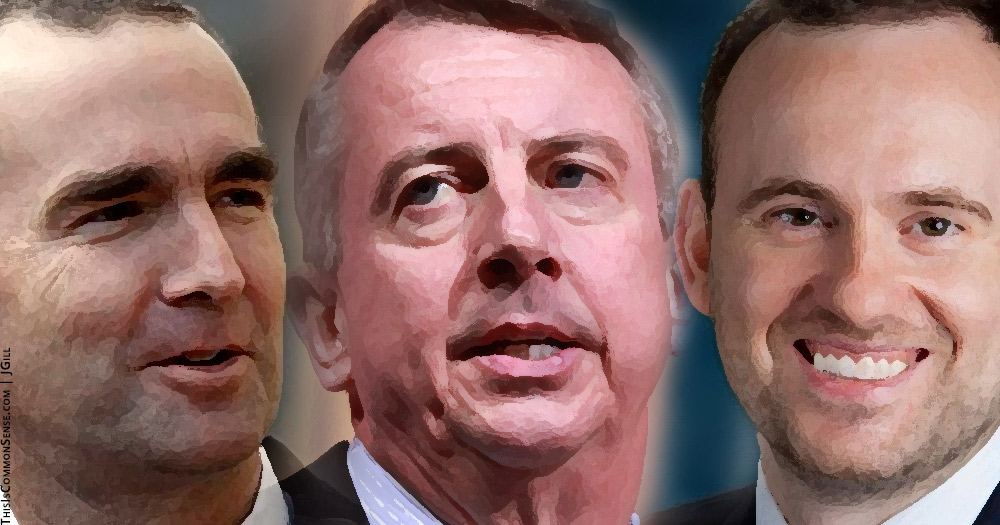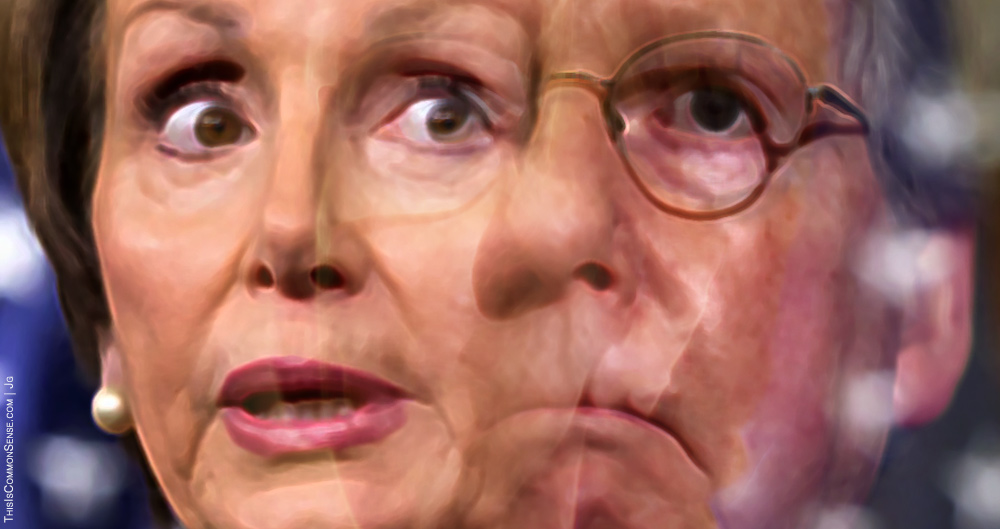Virginia’s odd-year elections this November 7th offer the nation’s premier race for governor, pitting Republican Ed Gillespie against Democrat Ralph Northam . . .
. . . oh, and also Libertarian Cliff Hyra.
Could it be a repeat of four years ago?
In 2013, notable Friend-of-Bill and Democratic Party nominee for governor Terry McAuliffe defeated Ken Cuccinelli, the state attorney general and Republican nominee, by a mere 2.6 percent. McAuliffe garnered 48 percent of the vote to Cuccinelli’s 45 percent . . .
. . . to Libertarian Robert Sarvis’s impressive 7 percent. In fact, the Sarvis vote more than doubled the margin between McAuliffe and Cuccinelli.
Last month, a Virginia Commonwealth University (VCU) poll showed a close gubernatorial race with Northam at 42 percent leading Gillespie at 37 percent . . .
. . . oh, and Hyra at 6 percent among likely voters. Once again, the Libertarian’s support proved greater than the margin between Democrat and Republican.
Back in 2014, Mr. Gillespie challenged incumbent U.S. Senator Mark Warner, nearly pulling a stunning upset, falling just 0.8 percent short. Libertarian Robert Sarvis was also in that race, receiving 2.4 percent.
Lt. Governor Northam, a former U.S. Army doctor, was twice elected to the state Senate.
Former Republican National Committee a Chairman Gillespie, a counselor to President George W. Bush and a lobbyist and political consultant, won the GOP primary by only one percentage point.
Hyra, a patent attorney with no experience in public office, is pushing a tax cut that dwarfs what Republican Gillespie advocates. The Libertarian is also campaigning on criminal justice reform and legalizing recreational use of marijuana.
Surprisingly, or maybe not, Gillespie seems mobile on the pot issue. He has announced his support for legalizing medical marijuana and wants to criminalize recreational use only after two offenses.
A Libertarian influence?
This is Common Sense. I’m Paul Jacob.











